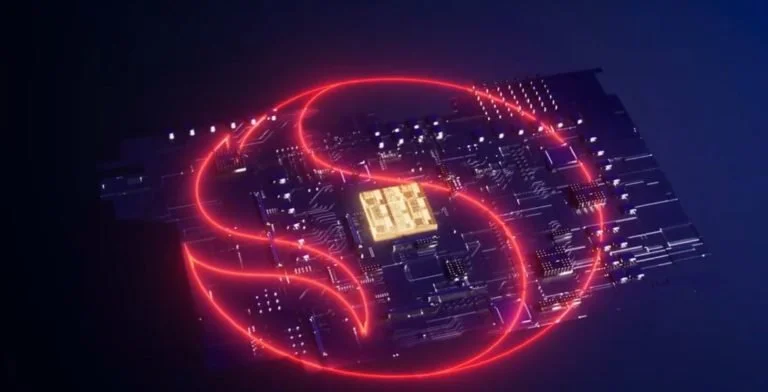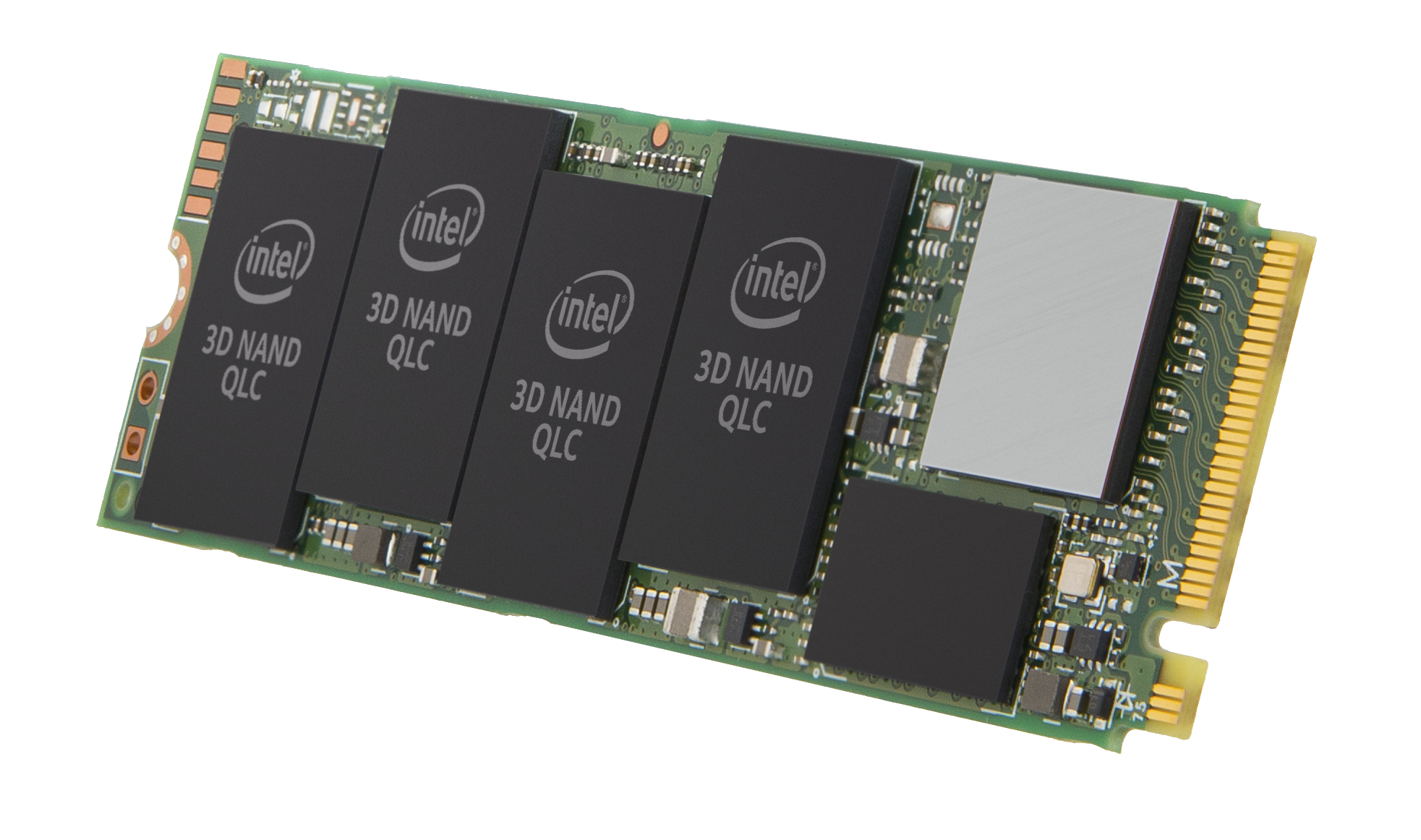Snapdragon X Elite Rivals Best CPUs in Single Thread Performance
/Last week during its annual Snapdragon Summit held in Maui, Qualcomm dropped a bomb on the computing world with the announcement of the Snapdragon X Elite processor, a new SoC targeted at the notebook PC going squarely after the likes of Intel, Apple, and AMD. You’ll no doubt find a lot of articles posting this morning that summarize a collection of about six different benchmarks that the press was able to witness being run (no true hands on), but I wanted to focus on one particular set of results of interest to me.
Read More



















